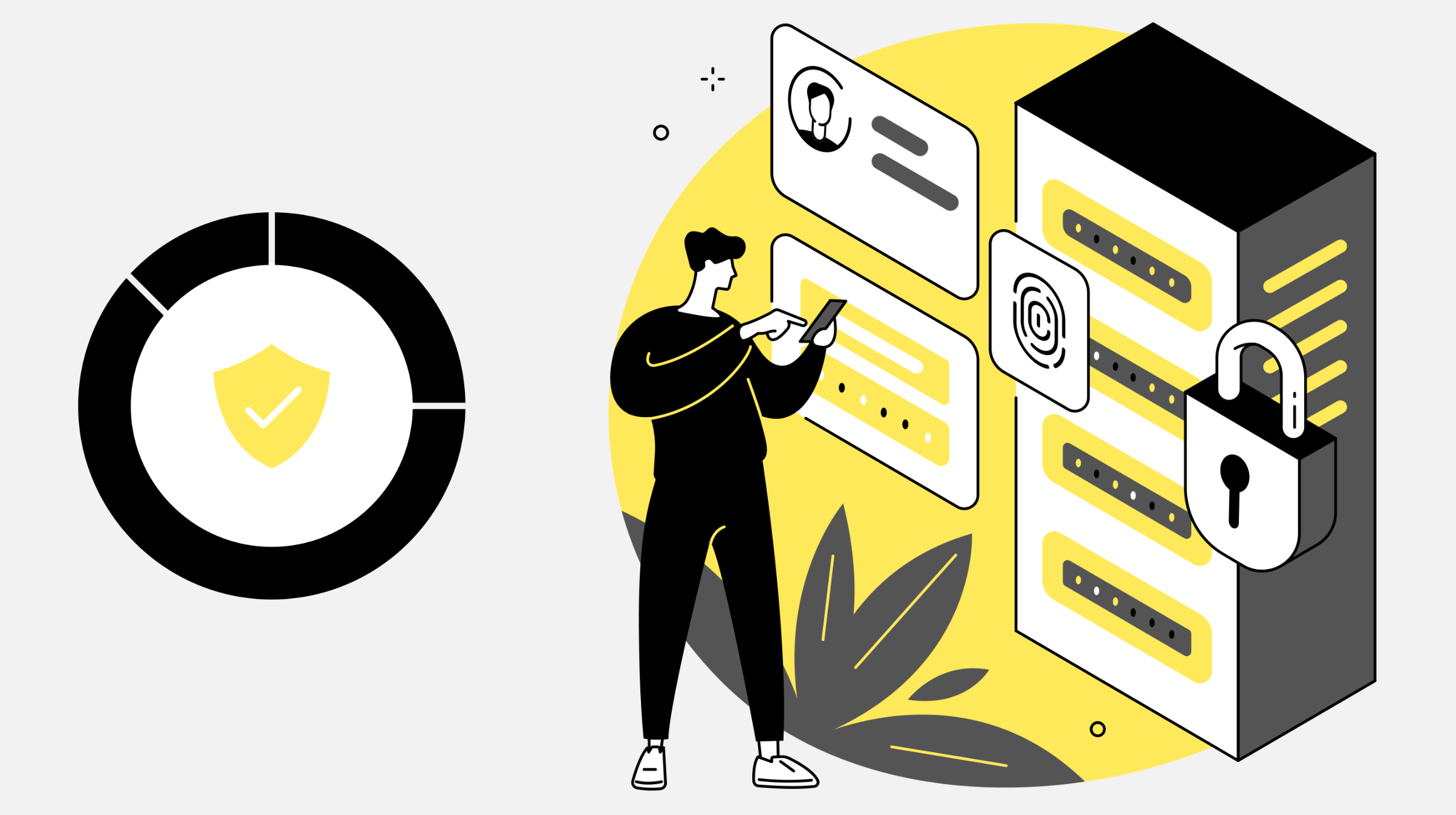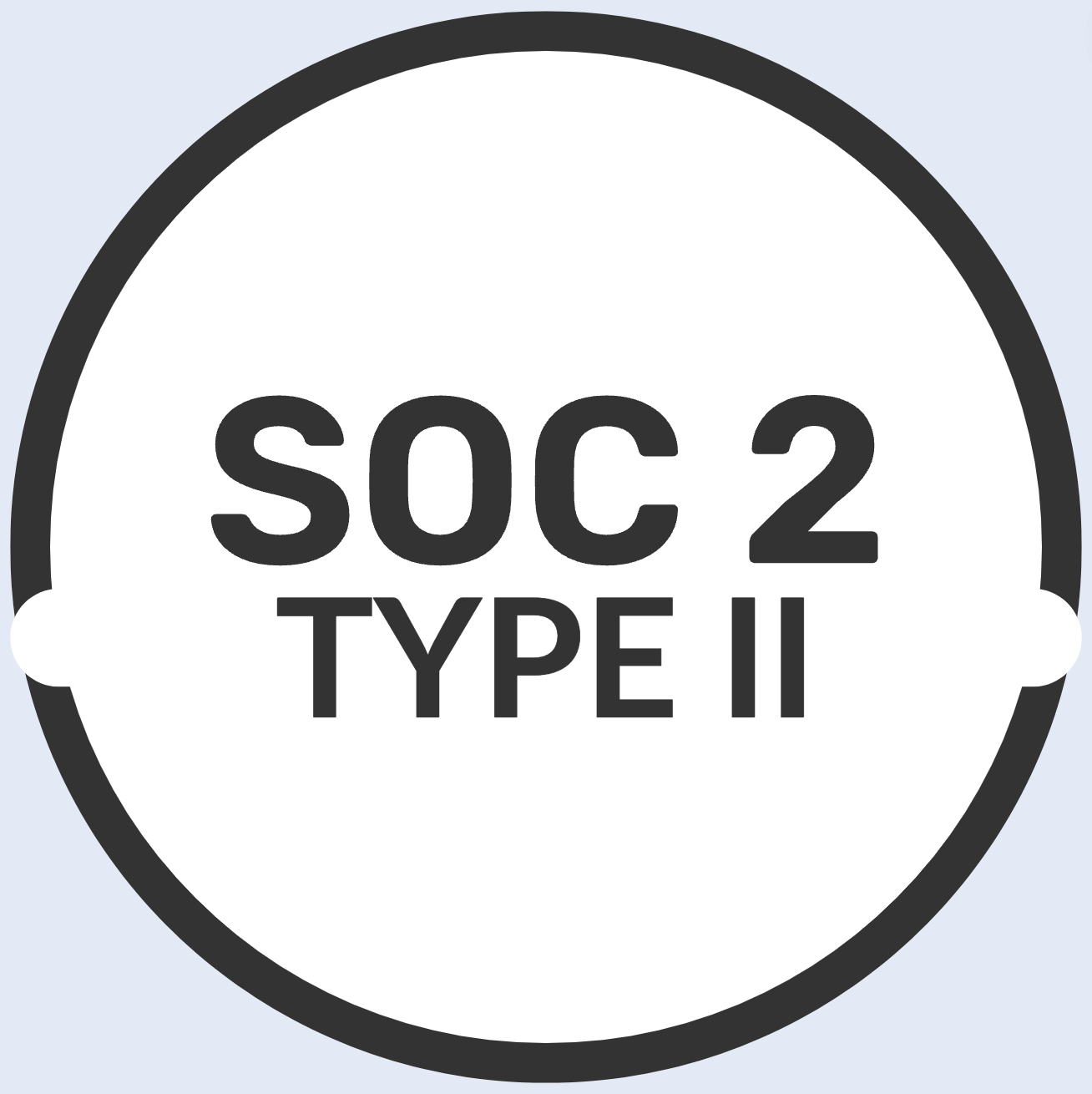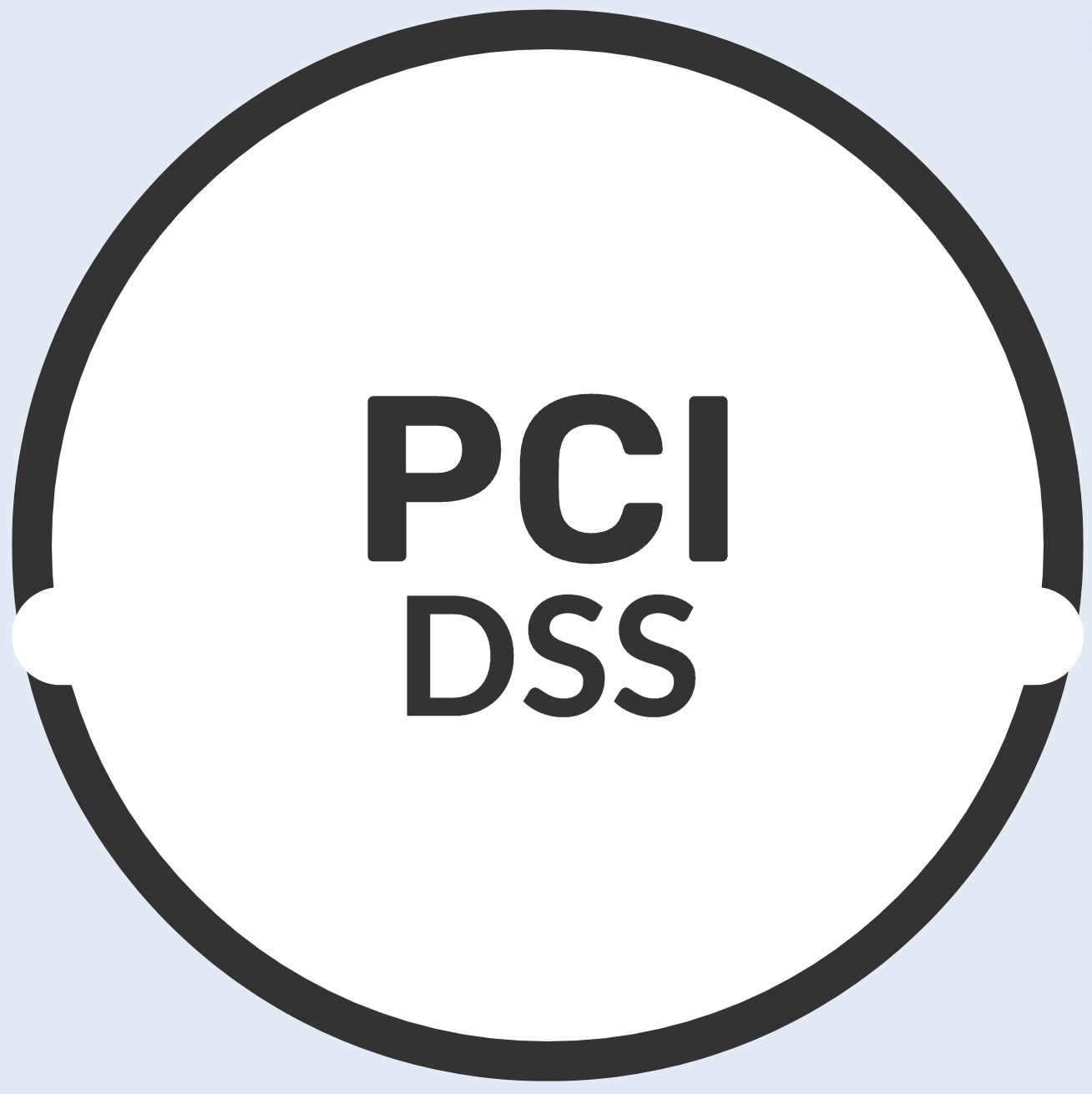
Smesh
April 13, 2023
10 Best Practices to Handle and Secure Your Sensitive Data

In today’s digital age, sensitive data has become a valuable asset that needs to be protected from unauthorized access, misuse, and theft. Sensitive data includes personally identifiable information (PII), financial information, health records, and other confidential information. As a developer, it is your responsibility to ensure that the sensitive data you collect and store is secure. In this technical guide, we will discuss best practices for handling and securing sensitive data.
- Collect only the data you need : The first step in securing sensitive data is to collect only the data you need. Do not collect unnecessary data that may increase the risk of a data breach. Collect only the data that is necessary to provide the service or functionality that your application offers.
- Use encryption to protect data at rest : Encryption is a technique used to protect sensitive data by converting it into a form that cannot be easily read by unauthorized users. Encrypting data at rest (stored on disk or other storage media) ensures that the data is protected even if it is stolen or lost. Use strong encryption algorithms like AES (Advanced Encryption Standard) to encrypt sensitive data.
- Use strong passwords and two-factor authentication : Passwords are the primary method of user authentication. Use strong password policies to ensure that passwords are not easily guessable. Encourage users to use a combination of uppercase and lowercase letters, numbers, and special characters. Two-factor authentication (2FA) adds an extra layer of security by requiring users to enter a second form of authentication, such as a code sent to their mobile device, in addition to their password.
- Securely transmit data over the network : Sensitive data transmitted over the network is vulnerable to interception and attack. Use secure communication protocols like SSL/TLS to encrypt data in transit. Use strong encryption ciphers and certificate authorities to ensure the integrity of the communication channel.
- Digital Signatures : Digital signatures are a way to ensure that the data transmitted has not been tampered with or altered during transmission. A digital signature is created by applying a cryptographic hash function to the data and then encrypting the hash with the sender’s private key. The recipient can use the sender’s public key to decrypt the hash and verify that it matches the data received.
- Virtual Private Network (VPN) : A Virtual Private Network (VPN) is a secure way to transmit data over the internet. A VPN encrypts all traffic between the sender and the receiver and makes it difficult for unauthorized users to intercept or read the data.
- Implement access controls : Access controls are mechanisms that limit access to sensitive data to authorized users only. Implement access controls at both the application and database levels. Use role-based access controls (RBAC) to ensure that users only have access to the data they need to perform their duties.
- Audit logs : Audit logs are a record of all actions performed on sensitive data. Audit logs are useful for detecting and investigating security incidents. Implement audit logs that record all access to sensitive data, including the user, time, and action performed.
- Regularly backup data : Regularly backing up sensitive data ensures that it can be recovered in the event of a data breach or disaster. Back up sensitive data to secure locations and ensure that backups are encrypted.
- Stay up to date with security patches and updates : Software vulnerabilities can be exploited by attackers to gain unauthorized access to sensitive data. Stay up to date with security patches and updates for all software components used in your application. Regularly scan for vulnerabilities and remediate any vulnerabilities found.
Managing and detecting data breaches and incidents is critical for organizations to prevent unauthorized access, data loss, and reputational damage. A data breach is a security incident that involves the exposure or unauthorized access of sensitive or confidential data. Organizations must have proper incident response plans in place to detect, contain, and mitigate the impact of a data breach or security incident. This includes having clear roles and responsibilities, procedures for reporting and escalating incidents, and a process for conducting post-incident reviews and implementing remediation measures.
To effectively manage and detect data breaches and incidents, organizations should use a combination of technology, processes, and people. This may include implementing security tools such as intrusion detection and prevention systems, security information and event management (SIEM) solutions, and encryption technologies. Additionally, organizations should regularly conduct security assessments and penetration testing to identify vulnerabilities and proactively address them before they can be exploited by attackers. It is also important to provide security awareness training to employees to help them recognize and report suspicious activity or potential security incidents. By taking a proactive approach to managing and detecting data breaches and incidents, organizations can minimize the potential impact on their operations and reputation.
May the force of encryption be with you, young padawan! Remember, always keep your data safe and secure, and don’t let the dark side of cybercrime win. And as Master Yoda would say, ‘Encrypt or encrypt not, there is no try.




